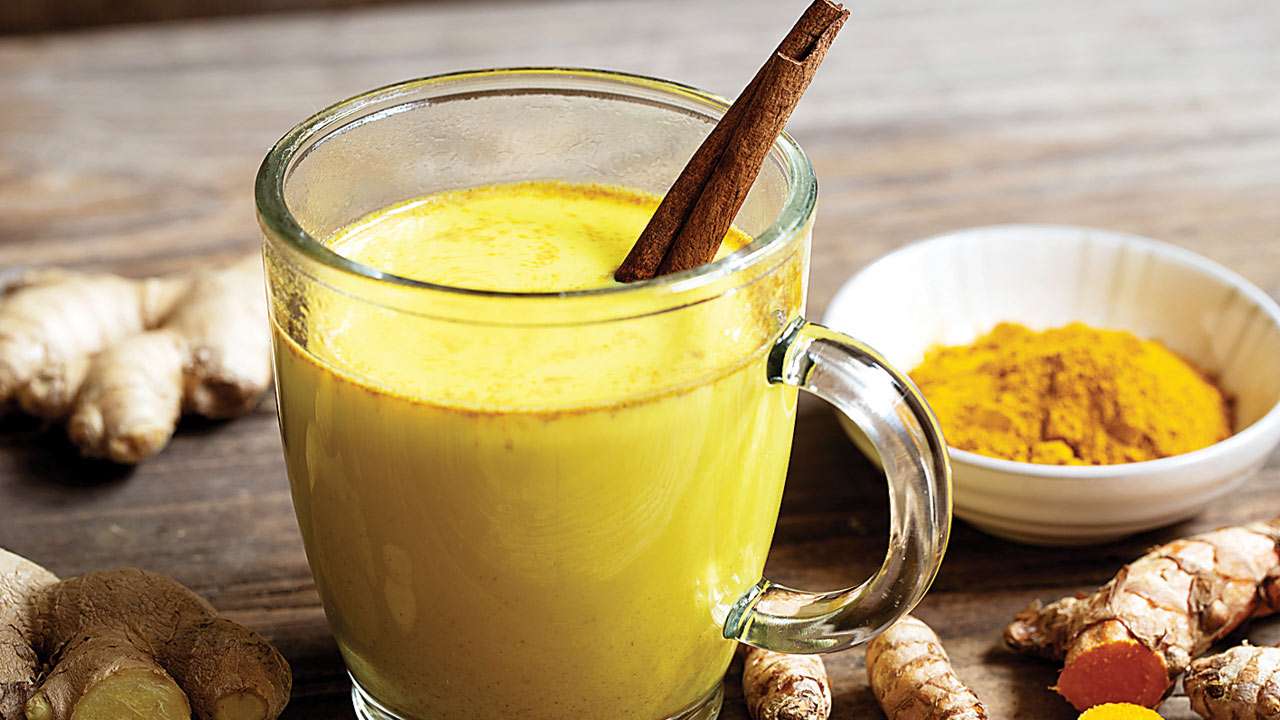
According to Ayurveda, arthritis is a vata dosha oriented disease with a hereditary tendency. Yet, if proper care in diet and lifestyle is taken, along with vata-pacifying medicines, surely we can tackle this problem. Since both of you are young, with a family history, it is necessary that you take immediate care and treatment.
Vata dosha is best pacified by lubrication, which neutralises the dryness, both internal and external. Regular intake of traditionally homemade ghee, around 4-5 teaspoons is adviced. Milk boiled with dry date (kharik) powder also strengthens the joints and bone tissue. Taking one teaspoon ashwagandha (Withania somnifera) powder with ghee and sugar twice a day is effective. Regular abhyanga-oil massage, all over the body along with an everyday application of medicinal oil to the affected areas is a must.
Application of a sesame-based oil with medicinal herbs such as rasna (vanda roxburghi), sahchar (barleria prionitis) and nirgudi herbs, like shanti oil is ideal. An effective home remedy is to take leaves of nirgudi (vitex negundo), castor and drumstick (moringa oleifera), steam them and tie them in a cloth bag which is used to foment the joints.
Ayurvedic medicinal enema (basti) treatment under the guidance of an Ayurvedic doctor, will be good for all three of you, including your father. Consult the doctor to take appropriate internal medicine like vaatabal according to your constitution. Avoid vata increasing food like capsicum, beans like gawar, pawta, chole, green peas, cabbage, cauliflower and tamarind in the food.
The Ayurvedic art of cooking (annayoga) is to prepare food which is delicious, yet satisfying and most importantly that which gives maximum energy with minimum efforts. Snack food which is mostly quite spiced-up or deep-fried like bhel and wadaa-pav, satisfy the sense of taste but don’t give the required nourishment as it is not transformed up to the seventh body tissue (dhatu) which is the vital energy in the body.
Ayurveda recommends that we eat satvic food which can be easily transformed into shukra (vitality). Satvic food is tasty, easy to digest and helps to have clear bowels every day, which is very important since 99% of diseases are caused by low digestive fire. Ayurveda gives many recommendations on how to remain healthy with the right diet. There are certain substances which are highly satvic and are easily transformed into ojas (the subtle energy) required most by the heart and the brain, for example, milk, sugar, almonds, butter, ghee and special substances like saffron, gold and silver. Thus the tradition of eating in silver thalis in India or in European countries where the royal teacups are always lined with pure gold at the rims. Milk is particularly important in the daily diet — it is poorna anna, which means it is a complete food. The milk which Ayurveda talks about is naturally from the original breed of cows like gir or kankrej with the hump on their backs, now popular as the A2 milk. Those who have difficulty digesting milk can boil it with a piece of dry ginger (sunth). Fresh milk is the best and one should at least avoid long shelf-life milk which is unnaturally preserved. Ayurveda also suggests to boil the drinking water for a minimum of twenty minutes so as to make it light for digestion and to drink it always hot or warm or at the most cooled to room temperature. Water can also be further cultured with gold and herbs like chandan (sandalwood), wala (vetiver), manjishta (rubia cordifolia) etc, the mixture is available as a jala-santulan powder, so that it is easily accepted by the digestive system and which keeps the digestive fire (agni) in a balanced state.
The main meal of the day should provide all the six rasas or tastes i.e. madhur (sweet), amla (sour), lavan (salty), tikta (bitter), katu (pungent) and kashay (astringent). A good example of a complete meal which includes all rasas is our Indian thali with rice, dal, chapati, vegetable, salad and buttermilk. Such food gives real satisfaction for the body, mind and soul. It gives one a healthy, glowing and energetic appearance, and also promotes peace of mind and a positive outlook towards life.
Another important consideration is to eat according to your constitution. Ayurveda broadly describes three constitutions i.e. vata dominated, pitta dominated and kapha dominated. So, for example, excess chillies or fried stuff is not good for the pitta person or eating dry food like chewda or capsicum is not advised for the vata constitution, similarly heavy milk sweets or cheese are best avoided by the kapha person.
The age-old adage, “You are what you eat” is really true and it is important not to neglect one’s diet in the rush of daily living. This is why Ayurveda gives so much importance to a healthy and balanced diet. Once the basic concepts of the Ayurvedic lifestyle have been understood, the diet can be adapted to suit different climates and constitutions.
The author is founder of Atmasantulana Village, a world-renowned holistic healing centre. You can reach out to us on ayurveda@dnaindia.net